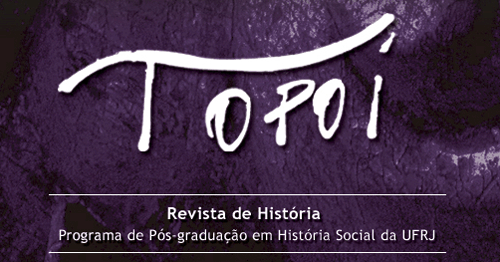This article analyzes how and why the editors of O Pasquim resurrected Madame Satã from obscurity in the early 1970s and promoted him as an exotic and nostalgic representation of Carioca bohemia of the 1930s. Madame Satã's overt declarations of homosexuality and his malandro persona captured the imagination of Rio's modernday bohemians of the Zona Sur who could embrace his masculine bravado at the same time that the editors made fun of and rejected the emergent gay and feminist movements that were beginning to take hold in Brazil.
Socio-cultural history; homossexualism; press.
